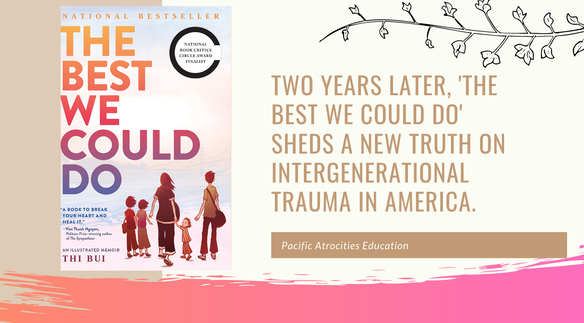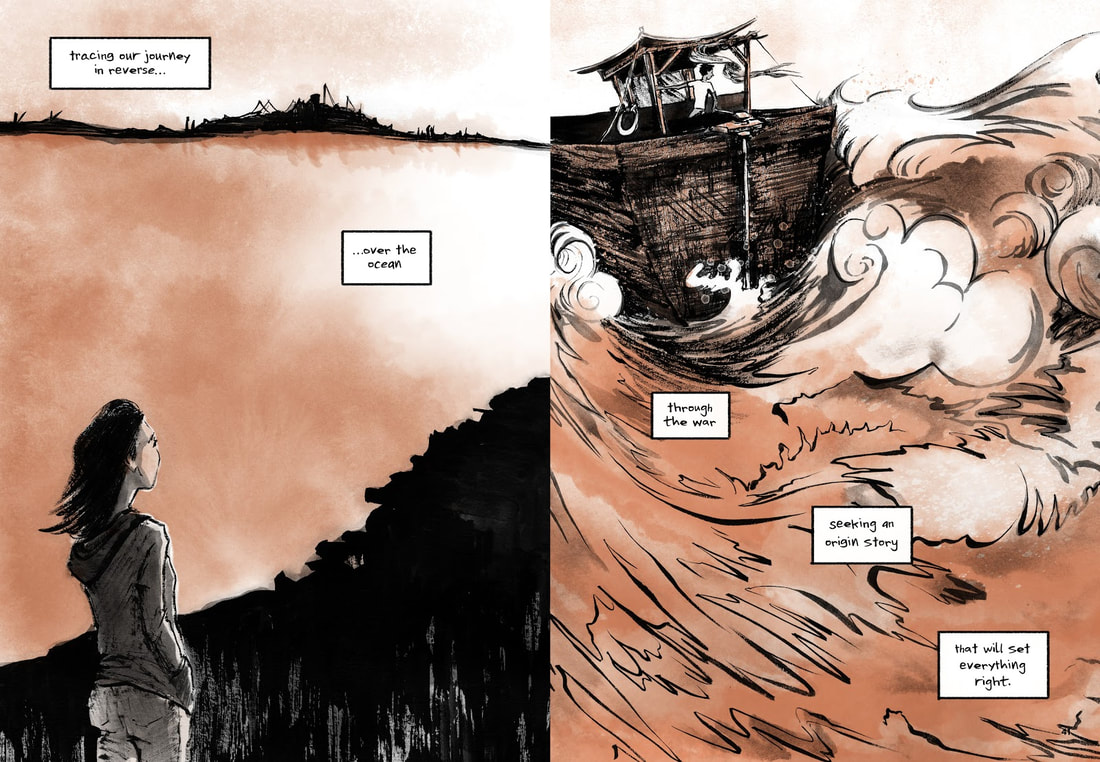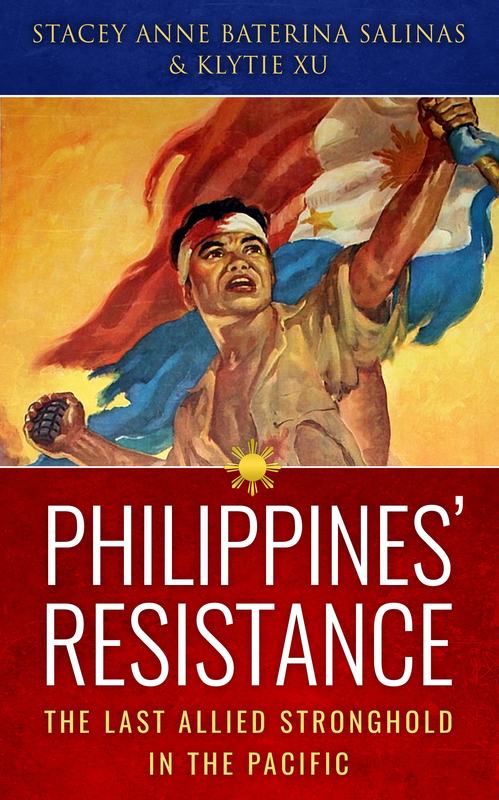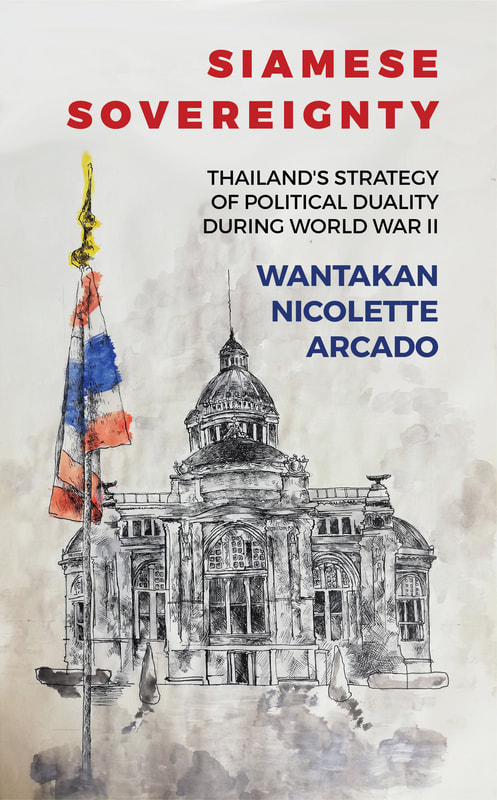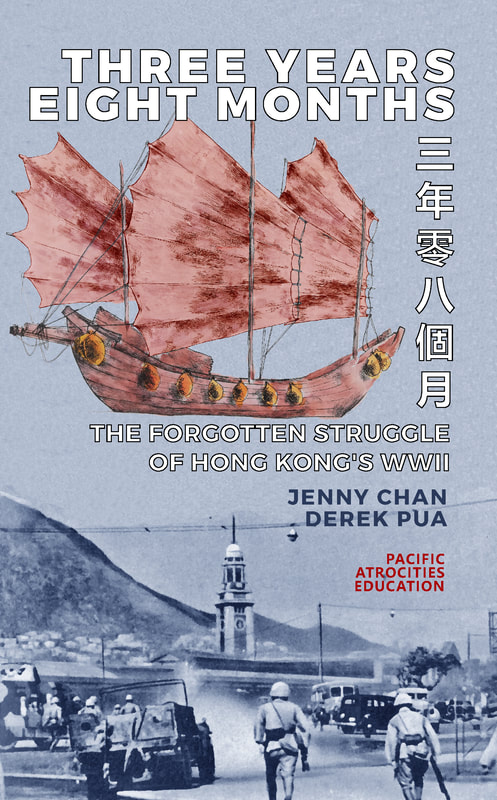|
by Hanna Bobrowicz It was what we had first bonded over, my boss, co-worker, and I. It was my first day at Pacific Atrocities Education and after nervously making small talk we began listing our favorite Asian American authors. It is unclear who first mentioned Thi Bui’s Memoir, The Best We Could Do, but the second the title was uttered we simultaneously began to gush about the story and how it impacted us. (continued) Thi Bui released her illustrated memoir in 2017, weaving her narrative with her parents. Bui details her parent's stories of survival, the families pilgrimage from Vietnam to Berkely, California and the growing pains of living in a new country. Two years after consuming Bui’s story, what lingered in my mind was the trauma that had spread from Bui’s parents to their children, and how learning about their lives and stories allowed wounds of the past to finally heal. The initial conversation my co-workers and I had, spawned a summer-long discussion about intergenerational trauma within refugee and immigrant families, especially for the Vietnamese-American community. The Best We Can Do is an essential example of living history and demonstrates the importance of learning about Vietnamese Boat people, and other refugee stories. Bui’s story reveals an unspoken truth about the American Dream; that trauma often accompanies immigrants on their journey and continues to impact them while they make a new life. In America, this struggle is compounded with racial prejudice and prevents a path for rehabilitation and stability. Bui’s novel serves a vital memory project for American society, as it encourages all who read her words and consume her images to think about the trauma refugees and immigrants face. Two years on, The Best We Can Do, is a vital read for every American as it informs a history on the Boat people while also forcing the reader to contemplate how the United States treats its newcomers. The term ‘Boat People’ is a blanket term used to describe the refugees who flee their countries by boat. The Vietnamese Boat People refers to the influx of refugees who left Communist Vietnam in 1954 and throughout 1975-1992. The reasoning for each refugee varies, some were vocal capitalists, others were simply escaping dire living conditions and hoping for a better life. Whatever their reasons where, these refugees would take boats to either Southern Vietnam (while the Vietnam War was occurring) or to nearby countries such as Thailand, the Phillippines, or Malayasia. The journey, as Bui demonstrates in her book, was extremely dangerous. Pirates would routinely pillage boats stealing their valuables and sometimes taking refugees as slaves. This danger in combination with the risk of getting caught by Vietnamese police and treacherous weather conditions led to many deaths on board. Yet, Bui’s family survived and were able to then emigrate to the United States. Many Vietnamese-Americans have a similar story to Bui, after the fall of Saigon in 1975, the United States allowed certain Vietnamese refugees to emigrate. The number of migrants increased in the 1980s and 90s, allowing Bui and her family to live in America. Today, Vietnamese-Americans are the sixth-largest ‘foreign-born’ population in the United States, making stories of the Vietnamese Boat people American stories. Therefore, Bui’s narrative of intergenerational trauma and immigration must be at the forefront of American consensuses. 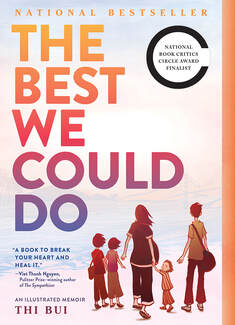 The Best We Could Do By Thi Bui The Best We Could Do By Thi Bui The Best We Could Do is framed around the universal need for children to understand their parents. The novel begins with the birth of Bui’s son and then quickly threads throughout time, to her adolescence to Bui’s mother and father. The book is a quest to understand herself by learning about her family. She states in one chapter, ‘to understand how my father became the way he was, I had to learn what happened to him as a little boy.’ Bui’s parents could not be ‘typical American parents’ as they were struggling to abandoned their past and embrace American culture and customs. This struggle was observed by Bui, she felt their pain but did not know the details of their past. Bui explains in her book, ‘in America where people their age run marathons or at least live independently, my parents are stuck in limbo between two sets of expectations...and I feel guilty.’ This guilt is a product of living in a new world. Ironically America is a country founded by immigrants, yet little is done to help newcomers adapt and heal from the trauma they experienced. The Best We Could Do demonstrates that when learning about one’s family history it is vital to recognize the trauma that was endured, and see if it still lingers in the present. References
Related Books
0 Comments
Leave a Reply. |
- Home
- Stories
-
Internship
- Summer 2024 Internship
- Summer 2023 Internship
- Fall 2022 Internship
- Summer 2022 Internship
- Summer 2021 Internship
- Fall 2020- Spring 2021 Internship
- Summer 2020 Internship
- Fall 2019 Internship
- Summer 2019 Internship >
- School Year 2018-2019 Internship
- Summer 2018 Internship >
- Fall 2017 Internship
- Summer 2017 Internship >
- Books
- Archives
-
Resource Page
-
Supplementary Research Guides
>
- Unit 731 - Guide >
-
Philippines' Resistance - Guide
>
- Philippines World War II Timeline
- The Japanese Invasion & Conquest of the Philippines
- Bataan Death March
- Formation of Underground Philippines Resistance
- Supplies of the Guerrilla Fighters
- The Hukbalahap
- Hunter's ROTC
- Marking's Guerrillas
- United States Army Forces in the Philippines of Northern Luzon (USAFIP-NL)
- The Aetas
- Chinese and Filipino-Chinese Nationalist Guerrilla Units
- The Female Faces of the Philippine Guerrillas
- Rising Sun Flag - Guide >
- Pinay Guerrilleras - Guide >
- Fall of Singapore - Guide >
- Three Years and Eight Months - Guide >
- Siamese Sovereignty - Guide >
- The Khabarovsk War Crimes Trial - Guide >
- Unit 731 Cover-up : The Operation Paperclip of the East - Guide >
- Marutas of Unit 731 - Guide >
- Prince Konoe Memoir - Guide >
- Competing Empires in Burma - Guide >
- Battle of Shanghai - Guide >
- Ishi Shiro - Guide >
- Taiwan The Israel of the East - Guide >
- Seeking Justice for Biological Warfare Victims of Unit 731 - Guide >
- Rice and Revolution - Guide >
- Clash of Empires - Guide >
-
Hunger for Power and Self-SufficiencyI - Guide
>
- The Influence of War Rations on Post-War Culinary Transformations
- How World War II Complicated Food Scarcity and Invention
- American Military Innovations
- Government-Sponsored Food Inventions in Europe during World War II
- Feeding the Army: The Adaptation of Japanese Military Cuisine and Its Impact on the Philippines
- Mixed Dishes: Culinary Innovations Driven by Necessity and Food Scarcity
-
Denial A Quick Look of History of Comfort Women and Present Days’ Complication - Guide
>
- The Comfort Women System and the Fight for Recognition
- The Role of Activism and International Pressure
- The Controversy over Japanese History Textbooks
- The Sonyŏsang Statue and the Symbolism of Public Memorials
- Activism and Support from Japanese Citizens
- The Future of Comfort Women Memorials and Education
- Echoes of Empire: The Power of Japanese Propaganda - Guide >
- Lesson Plans >
-
Supplementary Research Guides
>
|
Pacific Atrocities Education
730 Commercial Street San Francisco, CA 94108 415-988-9889 |
Copyright © 2021 Pacific Atrocities Education.
We are a registered 501 (c)(3) charity. |
- Home
- Stories
-
Internship
- Summer 2024 Internship
- Summer 2023 Internship
- Fall 2022 Internship
- Summer 2022 Internship
- Summer 2021 Internship
- Fall 2020- Spring 2021 Internship
- Summer 2020 Internship
- Fall 2019 Internship
- Summer 2019 Internship >
- School Year 2018-2019 Internship
- Summer 2018 Internship >
- Fall 2017 Internship
- Summer 2017 Internship >
- Books
- Archives
-
Resource Page
-
Supplementary Research Guides
>
- Unit 731 - Guide >
-
Philippines' Resistance - Guide
>
- Philippines World War II Timeline
- The Japanese Invasion & Conquest of the Philippines
- Bataan Death March
- Formation of Underground Philippines Resistance
- Supplies of the Guerrilla Fighters
- The Hukbalahap
- Hunter's ROTC
- Marking's Guerrillas
- United States Army Forces in the Philippines of Northern Luzon (USAFIP-NL)
- The Aetas
- Chinese and Filipino-Chinese Nationalist Guerrilla Units
- The Female Faces of the Philippine Guerrillas
- Rising Sun Flag - Guide >
- Pinay Guerrilleras - Guide >
- Fall of Singapore - Guide >
- Three Years and Eight Months - Guide >
- Siamese Sovereignty - Guide >
- The Khabarovsk War Crimes Trial - Guide >
- Unit 731 Cover-up : The Operation Paperclip of the East - Guide >
- Marutas of Unit 731 - Guide >
- Prince Konoe Memoir - Guide >
- Competing Empires in Burma - Guide >
- Battle of Shanghai - Guide >
- Ishi Shiro - Guide >
- Taiwan The Israel of the East - Guide >
- Seeking Justice for Biological Warfare Victims of Unit 731 - Guide >
- Rice and Revolution - Guide >
- Clash of Empires - Guide >
-
Hunger for Power and Self-SufficiencyI - Guide
>
- The Influence of War Rations on Post-War Culinary Transformations
- How World War II Complicated Food Scarcity and Invention
- American Military Innovations
- Government-Sponsored Food Inventions in Europe during World War II
- Feeding the Army: The Adaptation of Japanese Military Cuisine and Its Impact on the Philippines
- Mixed Dishes: Culinary Innovations Driven by Necessity and Food Scarcity
-
Denial A Quick Look of History of Comfort Women and Present Days’ Complication - Guide
>
- The Comfort Women System and the Fight for Recognition
- The Role of Activism and International Pressure
- The Controversy over Japanese History Textbooks
- The Sonyŏsang Statue and the Symbolism of Public Memorials
- Activism and Support from Japanese Citizens
- The Future of Comfort Women Memorials and Education
- Echoes of Empire: The Power of Japanese Propaganda - Guide >
- Lesson Plans >
-
Supplementary Research Guides
>
